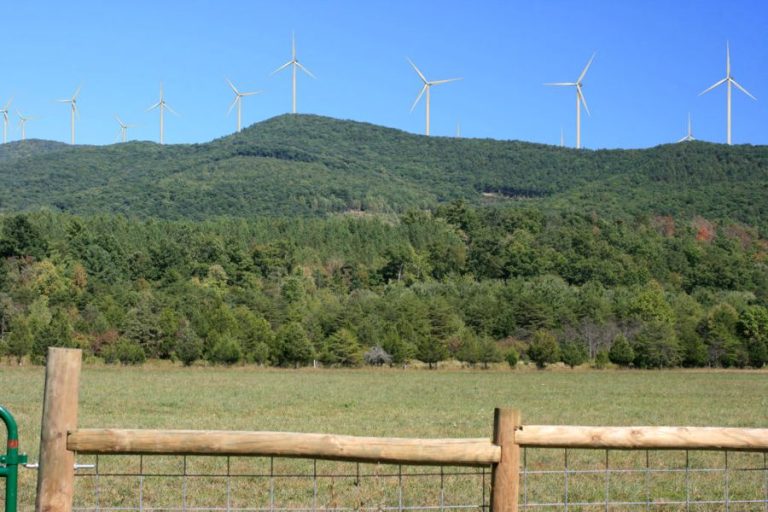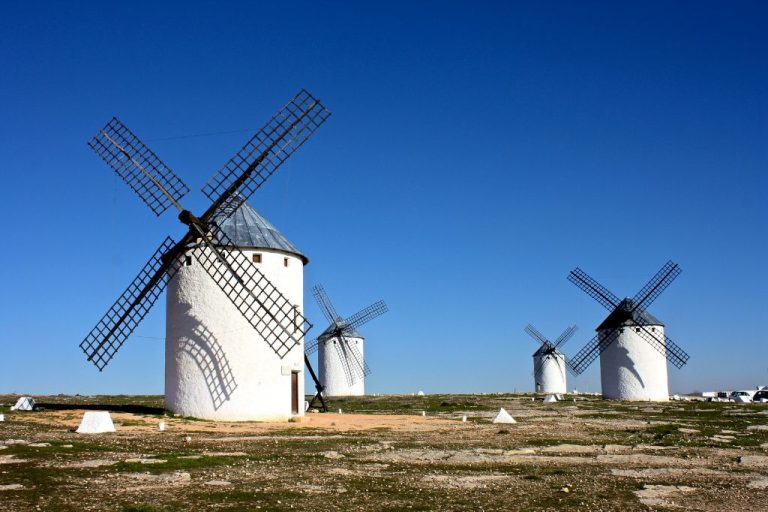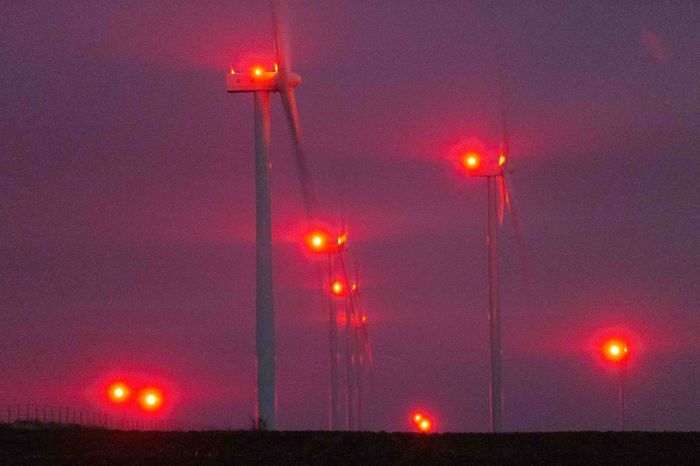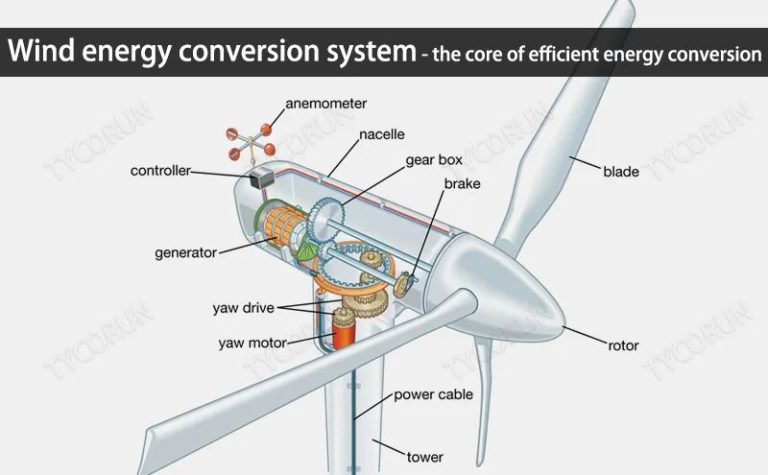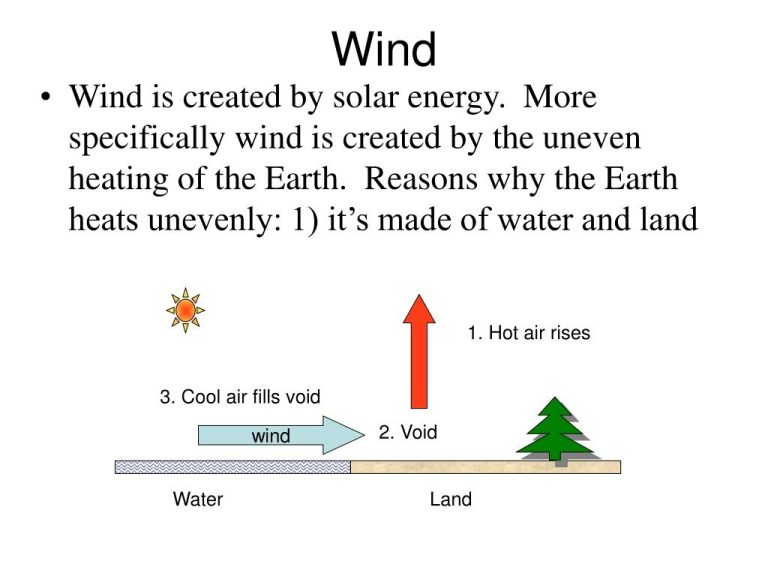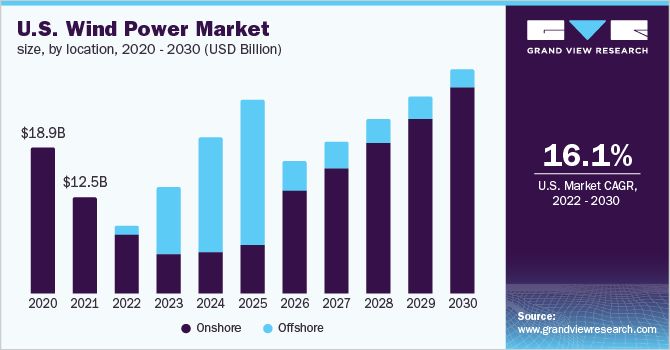What Is The Power Of Wind Called?
What is Wind Power?
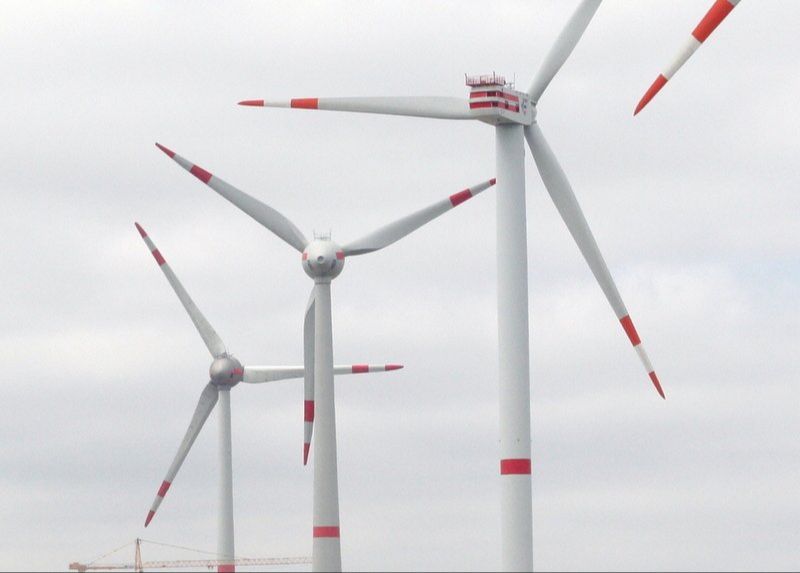
Wind power or wind energy refers to the process of using wind turbines to generate electricity. As described by the U.S. Department of Energy, “Wind power or wind energy is a form of solar energy. Wind is caused by the uneven heating of the atmosphere by the sun, variations in the earth’s surface, and rotation of the earth. Wind flow patterns are modified by the earth’s terrain, bodies of water, and vegetation. Humans use this wind flow, or motion energy, for many purposes: sailing, flying a kite, and even generating electricity”(1).
Wind is considered a renewable energy source because wind will continually be produced as long as the sun shines on the earth. Wind power harnesses this renewable resource and converts the kinetic energy of wind into mechanical or electrical energy that can be used for power. Wind turbines utilize blades that rotate when wind blows over them, and this rotational motion is converted into electricity by a generator inside the turbine.
How Wind Turbines Generate Electricity
Wind turbines convert the kinetic energy in wind into mechanical power to generate electricity. This process starts with the wind turning the blades of the turbine. The blades are connected to a shaft inside the nacelle (the box behind the blades), and when the blades spin, they spin the shaft. This spinning shaft then turns a generator to produce electricity.
More specifically:
- The wind blows and pushes against the blades of the turbine, causing them to rotate.
- The rotating blades spin the main shaft that connects to a gearbox.
- The gearbox increases the rotational speed coming in from the main shaft to match the optimal speed for the generator.
- The high-speed shaft connects the gearbox to the generator and spins it to produce electricity.
- The generator uses electromagnetic induction to convert the mechanical energy of the spinning shaft into electrical energy.
In this way, the generator produces clean, renewable electricity as long as the wind is blowing past the turbine blades.
Sources:
[How Do Wind Turbines Work?, Department of Energy](https://www.energy.gov/eere/wind/how-do-wind-turbines-work)
[How does a wind turbine work?, National Grid](https://www.nationalgrid.com/stories/energy-explained/how-does-wind-turbine-work)
History of Wind Power
Wind power has been utilized for centuries in the form of windmills that were used to grind grain and pump water. The first known use of windmills was in Persia (modern-day Iran and Afghanistan) in approximately 200 BC. These early windmills used the energy of the wind to turn a large wooden wheel with woven reed sails. Over time, windmill technology spread across the Middle East and eventually reached Europe by the 12th century.
Windmills were an essential technology up through the 19th century, providing a reliable way to mill grain, pump water for crops, and perform other agricultural and industrial tasks. Millions of windmills dotted the landscapes across Europe and the United States throughout the 17th, 18th and 19th centuries.
In 1887, the Scottish academic James Blyth built the first wind turbine that generated electricity in Marykirk, Scotland. This early wind turbine was used to power lights in Blyth’s cottage.
While windmills continued to be used well into the 20th century, the use of wind for generating electricity did not see substantial progress until much later, as other power sources like coal and eventually oil became the predominant providers of energy.
Modern Wind Turbines
Modern wind turbines have advanced considerably from early designs. They now incorporate advanced features and technologies for improved efficiency and performance.
One key advancement is the aerodynamic design of turbine blades. Curved blade shapes, airfoils, and twist patterns optimize airflow to maximize lift and improve efficiency. Computer modeling and wind tunnel testing enable sophisticated blade designs ([1]).
Modern wind turbines also utilize computerized controls and sensors to actively adjust blade pitch and yaw for optimal orientation. This allows the turbines to maximize power generation as wind speed and direction change ([2]).
Additionally, wind turbines now use much taller towers, often over 100 meters high. This allows them to access faster wind speeds at higher elevations for increased power generation.
Offshore Wind Farms
Offshore wind farms are built in bodies of water, usually the ocean, to take advantage of stronger and more consistent winds compared to onshore locations. Being offshore helps overcome space constraints faced by onshore wind farms. The ocean provides a vast area suitable for large-scale wind energy projects.
While the first offshore wind farms were built in relatively shallow waters near the coast, recent technological advances allow turbines to be installed further offshore in deeper waters. Floating wind turbines anchored to the seabed allow wind farms to be positioned in the strongest wind conditions.
Electricity generated from offshore turbines travels via underwater cables back to the shore and connects with the grid. High voltage direct current (HVDC) cables efficiently transmit power over long distances. Major offshore wind farms can have cable networks over 100 miles long linking hundreds of turbines to the onshore grid connection point.
Some of the world’s largest offshore wind farms are located off the coasts of the UK, Germany, Denmark, China, and other countries. The UK’s Walney ExtensionOffshore Wind Farm in the Irish Sea has 87 turbines totaling 659 MW capacity (Wikipedia). China’s Three Gorges Offshore Wind Farm will have 300 turbines and 1.2 GW capacity when completed in 2023.
Capacity and Generation
Global wind capacity surpassed 600 GW as of 2018, according to the Global Wind Energy Council (https://gwec.net/globalwindreport2023/). This represents a 9% increase over the previous year. Wind power generates around 5% of worldwide electricity demand and is rising quickly as technology improves.
Many countries are rapidly scaling up wind power. For example, China currently has over 280 GW of wind capacity, representing 35% of the global total. The United States has over 120 GW of wind power capacity. Countries with substantial wind resources are able to generate over 20% of their electricity from wind.
Offshore wind is a growing segment, with global offshore capacity reaching 25 GW by 2018. Floating offshore wind farms are an emerging technology that allows wind turbines to be located further from shore in deeper waters. This expands the potential regions where offshore wind can be harnessed.
As wind turbine technology becomes more efficient and cost-effective, wind power is projected to continue its rapid growth in the coming decades. Some projections estimate wind could supply up to 20% of global electricity by 2030 and 35% by 2050 if growth accelerates.
Wind Power Benefits
One of the biggest benefits of wind power is that it is a renewable energy source. Unlike fossil fuels, wind energy does not require extracting and burning finite resources that will eventually be depleted. Wind is naturally occurring and inexhaustible. Wind turbines can continue harnessing the wind as long as it blows without depleting the resource.
Another major advantage of wind power is that it produces no greenhouse gas emissions during operation. According to the U.S. Department of Energy, wind turbines avoid over 45 million metric tons of CO2 emissions annually in the United States alone. Unlike coal, natural gas, and oil-fired power plants, wind farms don’t emit air pollutants that contribute to climate change, smog, or acid rain. This makes wind energy better for the environment.
Wind power also has relatively low operating costs once installed. The fuel itself is free and abundant. Maintenance costs are relatively minimal compared to the high fuel costs of fossil fuel plants. This helps stabilize energy costs once wind farms are constructed.
Sources:
https://www.energy.gov/eere/wind/advantages-and-challenges-wind-energy
https://www.enelgreenpower.com/learning-hub/renewable-energies/wind-energy/advantages-wind-energy
Wind Power Challenges
While wind energy does provide a number of benefits, there are some challenges associated with its use:
High upfront infrastructure costs – Constructing modern wind turbines and wind farms requires a significant upfront investment. According to the Office of Energy Efficiency and Renewable Energy, land-based wind turbines cost approximately $1,500 per kilowatt to install. Offshore wind is even more expensive, costing over $4,000 per kilowatt (https://www.energy.gov/eere/wind/advantages-and-challenges-wind-energy). These high infrastructure costs mean wind power can have difficulty competing with traditional fossil fuel energy sources.
Intermittent availability dependent on weather – Wind energy relies on the wind blowing to generate electricity. But wind speeds can vary significantly over time and space. Wind power output can go from zero to maximum output quickly as wind speeds change. This variability means additional investments in energy storage solutions or backup power are often needed (https://www.constellation.com/energy-101/energy-innovation/wind-energy-pros-cons.html).
Potential impacts on birds/wildlife – Wind turbines can negatively impact birds and bats that fly into the rotating blades. Proper site selection and turbine design can help mitigate these impacts. But additional monitoring and mitigation strategies may be needed, adding to the costs of wind power (https://www.energy.gov/eere/wind/advantages-and-challenges-wind-energy).
Future of Wind Power
The future looks bright for wind power. Experts predict continued growth and innovation in the wind energy industry.
One major trend is continued cost reductions through larger, more efficient wind turbines. According to the Department of Energy’s Wind Vision report, larger rotor diameters and taller towers allow access to stronger, more consistent winds, boosting energy generation. This results in lower energy costs for consumers.
Floating offshore wind farms in deeper waters further offshore represent another important advancement. Floating foundations remove water depth constraints and open up vast areas for development. The Department of Energy expects significant cost reductions as floating technology matures. Several floating offshore wind projects are already operating globally.
Integrating wind into smart grids with advanced control systems, storage, and demand response will also help manage wind’s variability. Smart grids can forecast wind production and shift flexible electricity demand to match generation. This further increases the value and reliability of wind power.
Conclusion
In summary, the power harnessed from wind is referred to as wind power. Wind turbines convert the kinetic energy in wind into mechanical power to generate electricity. Though wind power has been used for centuries, modern wind turbines were developed in the 1970s. Today’s advanced wind turbines stand hundreds of feet tall and have capacities over 10 megawatts. Large offshore wind farms now provide gigawatts of clean renewable electricity.
The benefits of wind power include no emissions, low operating costs, and domestic energy production. However, wind power can be intermittent and constrained by grid capacity limits. Overall, wind energy will continue playing a major role in the global renewable energy transition and reducing carbon emissions in the decades ahead. With technological improvements and supportive policies, wind power has the potential to supply 20% or more of the world’s electricity.

